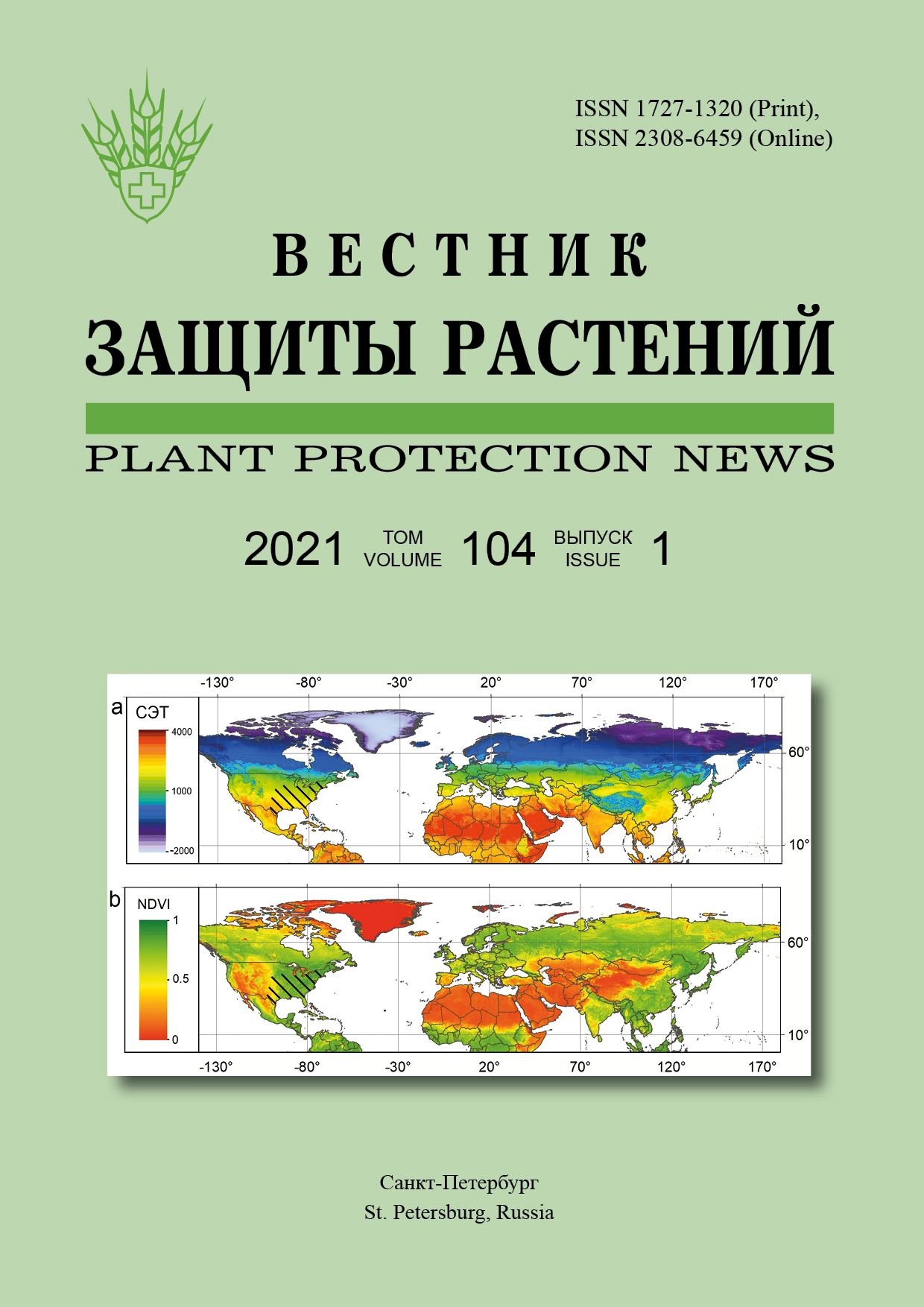Is Aporia crataegi unsuitable host of Wolbachia symbionts?
Keywords:
Wolbachia, Pieridae, Lepidoptera, Aporia, mtDNAAbstract
The Black-veined White Aporia crataegi L. (Lepidoptera: Pieridae) is a transpalearctic pest species. Its abundance varies in different regions and in some territories populations decreasing and extinction observed. In Novosibirsk Province the symbiotic bacteria Wolbachia were noticed in population of A. crataegi before its’ rapid decreasing. Bacteria of the Wolbachia genus are maternally transmitted intracellular symbionts found in many insects, including wide range of Lepidoptera species. Here we show low Wolbachia prevalence in populations of A. crataegi from Far East to Kaliningrad. We characterized two Wolbachia isolates according the multilocus sequence typing protocol, they belongs to two supergroups, A and B. We show discordance of A. crataegi mtDNA and Wolbachia haplotypes. Two different Wolbachia haplotypes associated with the same mtDNA haplotype and also different mtDNA haplotypes – with one Wolbachia haplotype. This is the evidence of recent Wolbachia acquisition in A. crataegi populations. We assume Wolbachia have no effects on A. crataegi fitness and no reproductive abnormalities induced. Once entered the host the symbiont not transmitted further and eliminated. This explains low infection rates found in studied populations.



